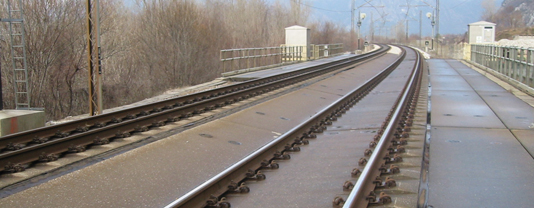Slab track technology increasingly being used not only for tunnels and bridges
The alternative to traditional track where ballast and sleepers guarantee route geometry is called slab track. This technology has been used increasingly more frequently in recent years thanks to the unquestionable advantages it offers. The rail sector is, by nature, quite tied to tradition and imagining abandoning a system like that of sleepers embedded in ballast—conceptually unchanged for over 150 years and, as a result, considered tried and true—is not easy.
But today, especially for high-speed lines and those that have to support very high axial weights, “ballastless” track construction has become a very interesting option. Without forgetting the advantages that laying tracks directly on concrete slabs offers for tunnels and bridges.
We met with engineer Spartaco Lanni, a well-known Italian expert in the design of railway superstructures (with a number of major textbooks used in university and professional training). Over his long career in the Ferrovie dello Stato Italiane, Lanni has held a number of different positions in which he was involved specifically in “experimental projects in innovative superstructures that sit on non-ballast materials”. Who better to explain in detail this new technology and describe its applications?
Full article is available only for registered users.
Click the link below to download pdf version of Railway Engineering
